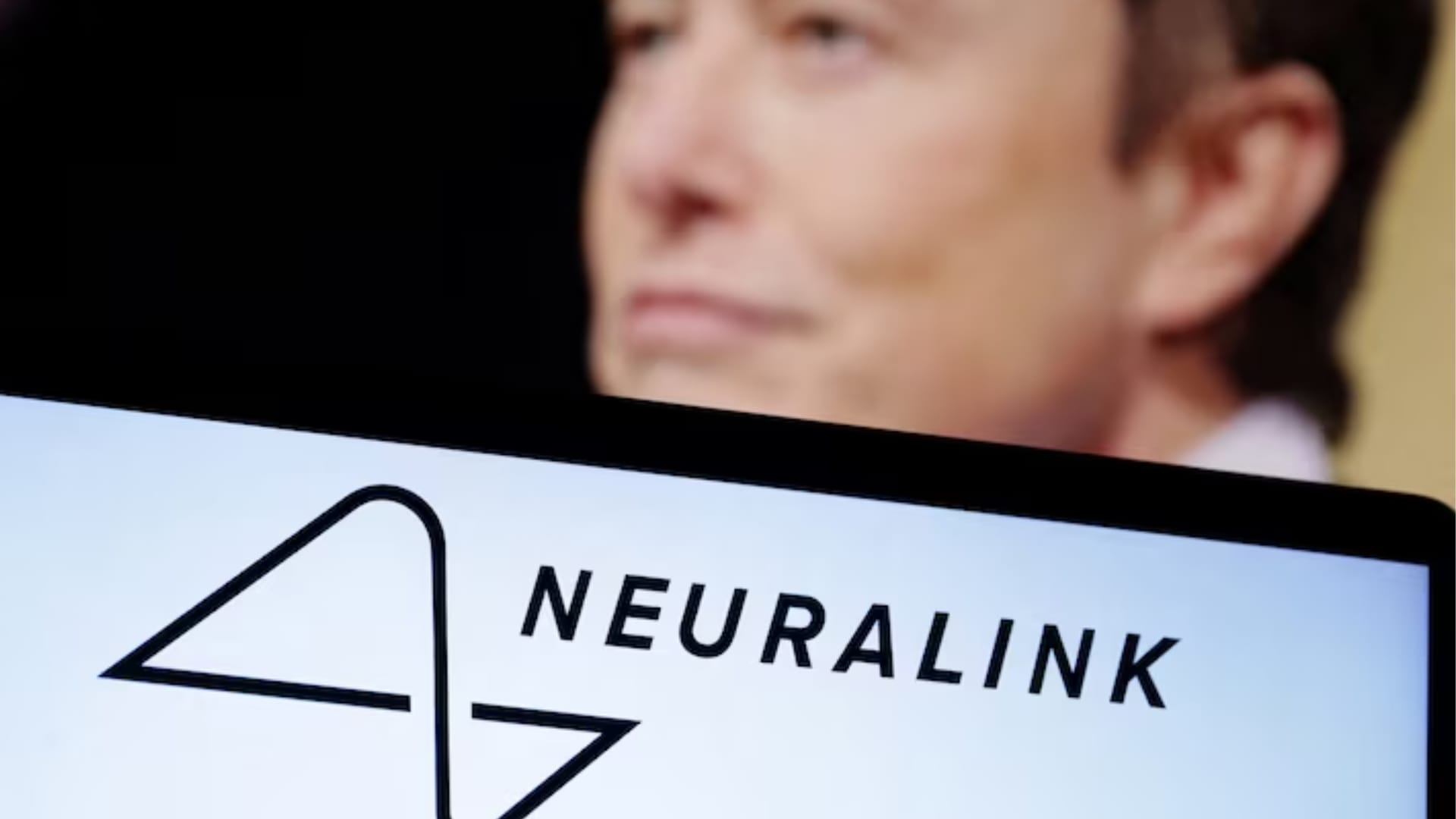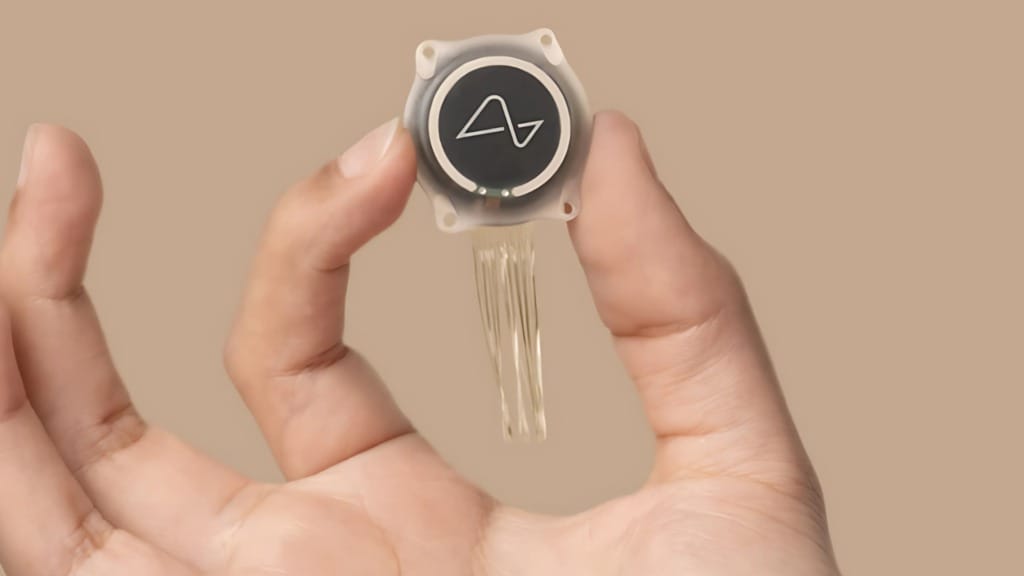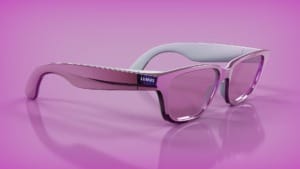Neuralink’s journey towards merging minds with machines
Neuralink’s journey to merge human minds with machines marks a major milestone, offering transformative potential for healthcare, technology, and beyond.

Neuralink’s recent breakthroughs represent a significant turning point in the intersection of neuroscience and technology. The company’s recent achievement of successfully implanting a wireless brain chip into a human marks a milestone in both medical science and technology. This implant is designed to create a direct connection between the brain and computers, potentially revolutionising how we treat neurological disorders and interact with the digital world.
Table Of Content
The milestone has caught the medical and tech communities’ attention and placed Neuralink among a select few companies leading the charge in brain-computer interface (BCI) technology. Following its success in implanting the chip in humans, Neuralink is now a part of an exclusive group of companies, such as the École Polytechnique Fédérale in Lausanne in Switzerland, which has made strides in similar fields by enabling a paralysed man to walk through brain implants. These achievements have broad implications, ranging from medical breakthroughs to entirely new forms of human-computer interaction. However, as significant as this moment is, there remains much to explore in terms of long-term success and broader societal implications.
How Neuralink’s brain implant works
At its core, Neuralink’s brain chip functions by establishing a direct link between the human brain and external devices. The implant consists of a series of electrodes that are surgically placed into the brain. These electrodes, thinner than a human hair, are capable of recording neural activity and transmitting this information wirelessly to an external device, allowing the user to control technology with their thoughts.
Neuralink’s technology allows patients to control devices such as a computer mouse or keyboard, simply by thinking. This breakthrough became particularly notable in February 2024, when Musk confirmed that Neuralink’s first human patient was able to control a computer mouse using only their thoughts. The patient had fully recovered from the procedure and was interacting with a computer interface with remarkable success. This development moves the technology closer to its goal of enabling seamless communication between humans and computers. The simplicity and elegance of this brain-computer interface could open the door for a variety of uses, from enhancing mobility for people with paralysis to potentially unlocking the human mind’s untapped potential.
Neuralink’s initial focus on patients with neurological conditions has great promise, with the aim to enable those with motor disabilities to regain control of their environment, whether it be through prosthetic limbs or advanced communication systems. The device’s ability to send brain signals wirelessly could also be used to develop new forms of technology where users interact with machines purely through thought.
Applications that could change lives
The potential applications of Neuralink’s technology are vast, and they can potentially transform millions of lives, particularly for those suffering from neurological disorders. For individuals with paralysis, the ability to control prosthetics or even interact with their surroundings through brain activity could restore much-needed independence. This could be a game-changer for those who have lost motor function, enabling them to control various devices—from computers to physical prosthetics—using only their thoughts.
Further, as the technology matures, it could provide solutions for a wide range of other neurological conditions, such as degenerative diseases like Alzheimer’s, severe brain injuries, or even psychiatric disorders like depression and anxiety. Early research suggests that the implant could help improve cognitive functions or help re-establish lost abilities in individuals suffering from various conditions. The development of “Telepathy,” as Elon Musk calls it, could one day enable patients with conditions like motor neurone disease, including the late Stephen Hawking, to communicate faster than ever before, revolutionising how individuals interact with the world around them.
Long-term possibilities include cognitive enhancements, such as memory enhancement or even improving learning speeds. Though still in their infancy, these advancements could signal a future where human capabilities are augmented, potentially leading to an era where our minds can interface with technology to expand cognitive boundaries.
The ethical and social implications
While the potential of Neuralink’s brain-chip technology is profound, it also raises critical ethical and social concerns. One of the primary concerns is privacy. The brain is inherently private, and the idea of capturing, recording, and transmitting thoughts brings up significant questions about who controls that data. As with all technological advancements, there are risks of misuse, whether through hacking or surveillance. Could brain activity be monitored without consent, or could thoughts be manipulated?

Further, as Neuralink’s devices grow in popularity and become more widespread, issues around inequality of access will inevitably arise. Would only a select few benefit from such powerful technologies, or will they become available to all who need them? The social divide could widen if these technologies are only available to a small, elite segment of the population.
Society also needs to prepare for the profound implications these advances might have on our concept of what it means to be human. If machines can connect directly to our minds, how will this change how we interact with each other, with technology, and with the world? These are questions that must be addressed as the technology progresses and becomes more mainstream.
Challenges and opportunities ahead
Despite its promising beginnings, Neuralink still faces many challenges on the path to mass adoption. Regulatory hurdles will remain a significant obstacle. As with any medical technology, the device must undergo rigorous testing to ensure its safety and efficacy. While the U.S. Food and Drug Administration (FDA) gave Neuralink the green light to begin human trials in 2023, extensive studies and approvals are necessary before the technology can become widely accessible.
In addition to regulatory challenges, Neuralink will need to overcome scepticism and build public trust. Many are wary of the potential risks associated with implanting a device in the brain. However, these challenges also present immense opportunities. If Neuralink can demonstrate the effectiveness of its technology and navigate regulatory landscapes, it could pave the way for major innovations in healthcare and human enhancement. Furthermore, Neuralink’s success could trigger a wave of innovation in the field of neurotechnology, with new players entering the space and providing solutions for previously untreatable conditions.
What lies ahead for brain-computer technology
Looking to the future, the potential for brain-computer interfaces is nearly limitless. If successful, Neuralink’s technology could redefine how we interact with the world and each other. As technology evolves, we may see the development of more sophisticated interfaces that allow for direct communication between human brains, machines, and even other human beings. This could result in a future where biological constraints no longer limit our cognitive abilities but are instead enhanced by the power of technology.
While the road ahead is filled with obstacles—from regulatory approval to ethical debates—Neuralink’s innovations offer an exciting glimpse into the future. If the company continues to progress, it could eventually lead to a world where human capabilities are greatly expanded, and technology no longer serves as a tool but becomes a seamless extension of our own minds. The journey of merging minds with machines has only just begun, and the possibilities are truly boundless.













